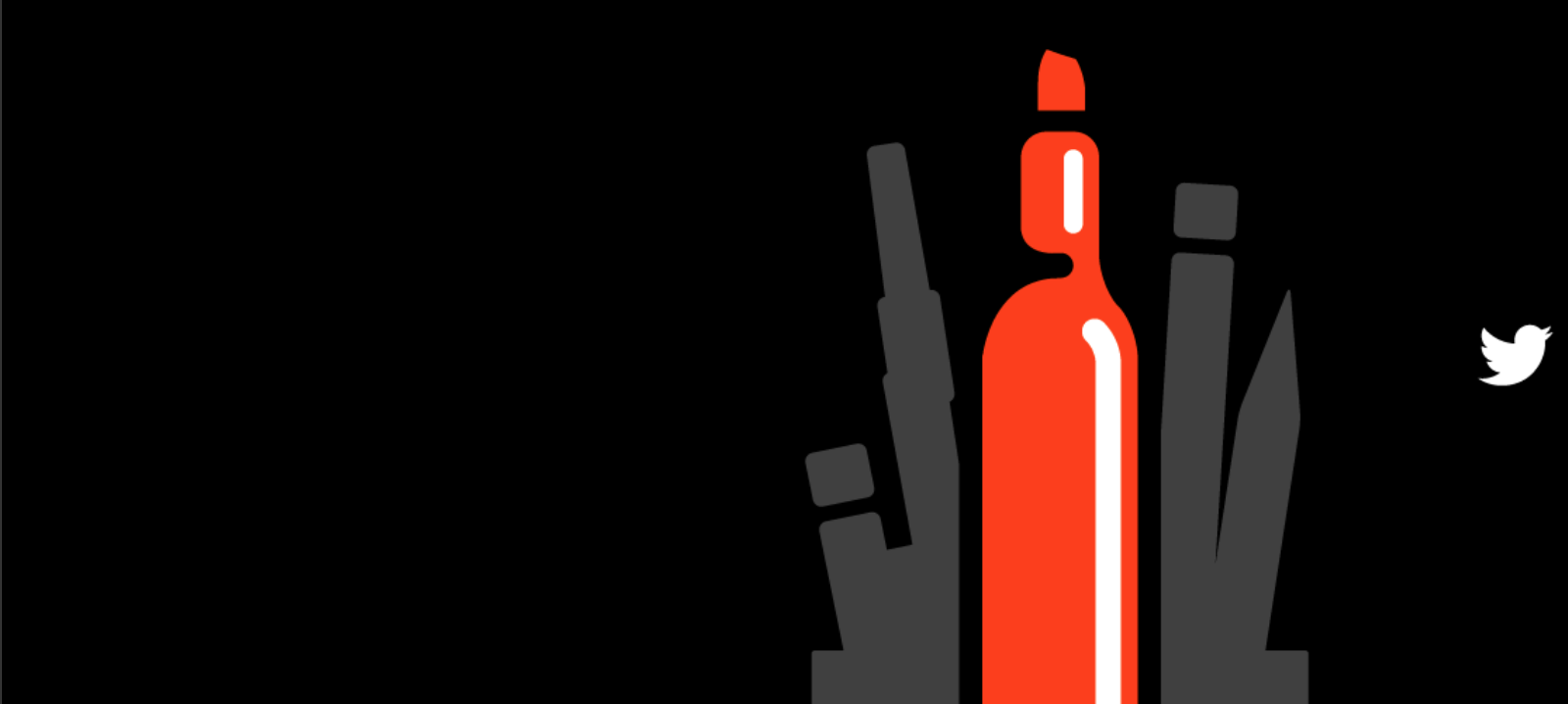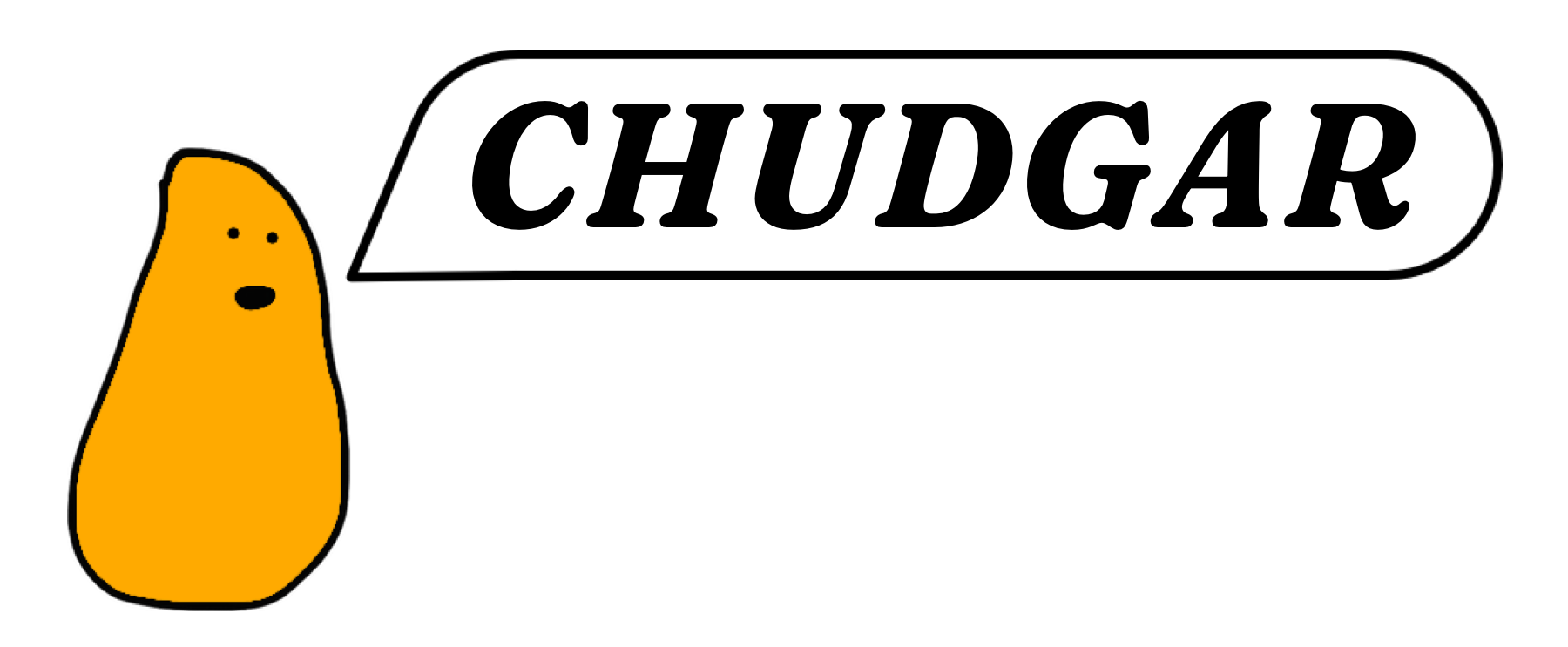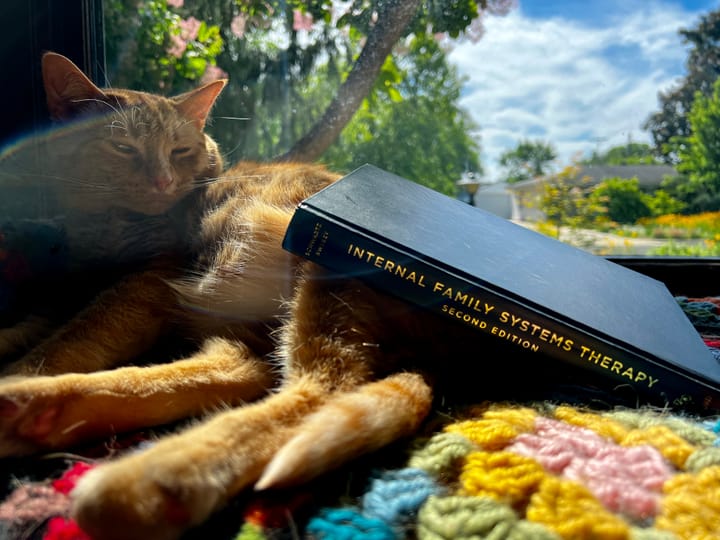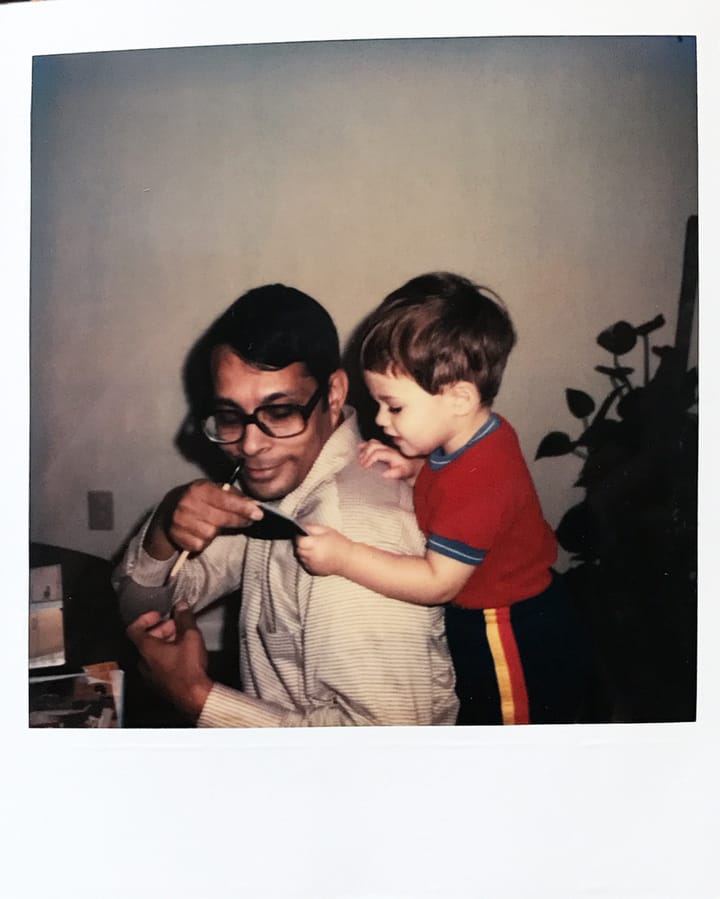An elegy for Highly
When I found out that my favorite web-annotation app was being shut down by its corporate acquirer, I found the news surprisingly heartbreaking. In between meetings, I wrote this little appreciation for it. It’s about attention, metaphors, and memory.

Highly was a masterpiece of human-centered design, a triumph of usability, a thing of beauty and a joy.

My highlights began in the summer of 2016, not long after Highly was born. The first thing I highlighted was, maybe a little pridefully, a good review of a book I’d helped to edit. Since then, I’ve highlighted well over five thousand bits and pieces of the internet — most of interest to nobody but various consulting clients, and, in the aggregate, of interest to precisely no one in the world but me.
This morning I learned that Twitter, which acquired Highly this past spring, is shutting it down.

I was startled by my own sadness on hearing this news. Since I think about things for a living, I am always testing out new gadgets for organizing ideas. Organizing ideas is a very difficult technical problem, and people have been at it for millennia. It is awfully unlikely, alas, that a new device will make any real improvements, the way (say) writing, printing, sticky notes, or hyperlinks have done. New idea-organizing gadgets usually don’t last long in my world. They’re too fiddly; too many steps, or steps in the wrong order; too scammy or, alas, unlovely. Still, out of optimism or maybe even slightly magical thinking, I still try them all.
Highly was different. For me it was easy and intuitive, delightful in all kinds of ways (one bit of microcopy: “Something’s amiss”), meaningfully gorgeous, and (most important of all) deeply respectful of the intelligence and humanity of its users.
As a kind of funerary observance, this morning I scrolled all the way down my Highly highlights, back in time, waiting meditatively for each successive tranche of highlights to load into living memory at the bottom of the page. (For servers as for humans, remembering the past is not effortless, and takes time.) This wasn’t like scrolling back through Facebook or Instagram or even Twitter, which are archives of (for me) social duty, peonies with ants on them, and opinions so important that they need to be hollered into the public square. Those other feeds are social by nature, and record my interactions, or at least my desires for interaction.
“Scrolling back through my Highly feed is tour through several years of my own convictions about what mattered.”
Highly, as I used it, was different: not a performance or even a diary, but a neutral record of my attention over time. Scrolling back through my Highly feed is tour through several years of my own convictions about what mattered.
For me, what mattered from mid-2016 to the present was predominantly American health policy in the Trump era. It’s pretty grim. My highlights record my voluptuous and intensifying hatred of Tom Price, who has since resigned in disgrace; the drama of Republican efforts to repeal and “replace” the Affordable Care Act, which failed (legislatively, anyway); my sense of the complex fortunes of “single payer” and “Medicare for All,” variously conceived, as truly universal health care evolved — thanks, Republicans! — from left-wing fantasy to solid Democratic consensus. Intermixed these fragments of national politics, my highlights record the teensy daily ins and outs of Minnesota politics and business, clever turns of phrase, inscrutable numbers and phrases must have mattered at the time, and occasional sentences of advice, wisdom, and consolation.
Highly understood itself as “the Internet’s highlight layer”: a bit of startup puffery, perhaps, but also an elegant physical metaphor, one the app used to conceptually profound effect.
In Chrome, I’d type ! to load the highlighter extension. Look! This is important! I am paying attention! The Highly button in the toolbar would turn from white to vermillion — #FF3B00, to be precise. Then all the text I highlighted would turn be marked with a half-transparent bar of that same color: rgba(255,60,0,0.5). On mobile, the process was a little bit fiddlier — I never quite mastered it — but when it worked, it was magic: that transparent vermillion highlighting would follow my finger as I slid it over a bit of human writing that, in the very specific context of that day and that time, mattered enough to touch with a thin film of transparent color.
The metaphor of the “highlight layer” comes to life, as metaphors always do, in public. Every web page I highlighted got its own Highly URL, purpose-built for sharing. Importantly, I shared almost none of them; for me, Highly was not primarily a machine for sharing, but a machine for remembering. (I reflect that most startup founders hope their gadgets will be machines for sharing, but almost none of them end up that way.)
Here’s the Highly page for the last article I highlighted — a searing indictment of opioid manufacturers by my friend Matt Klein, a hospitalist in our local safety-net medical center and, more recently, the medical conscience of the Minnesota Senate:

Here is “the Internet’s highlight layer,” vividly realized: a tidy series of sentences, which a human act of attention has lifted up and out of an ordinary page of the world wide web — a page that remains visible, in its original state, right underneath what the code calls (gorgeously) a backing of black glass.

The original article gets visualized another way, too: as a thin gray line, on which each of my highlights is visualized as a vertical tick of transparent vermillion, as wide across as my highlight is long. Click one of the highlight cards, and the corresponding transparent tick turns solid vermillion; click one of the transparent bars on the article line, and you’ll scroll down the page to the corresponding highlight card.
“Attention is always radically particular, and a shared reality transcends anybody’s particular sense of what matters.”
Together, the black-glass shadow of the original page and the thin gray line preserve the integrity of this piece of the Internet as it is, while the “highlight layer” records precisely what about it I found important enough to pay attention to. The relationship between the article and my attention is always visible, so what I personally thought was important never assumes the aspect of what actually is important. Highly knows that attention is always radically particular, and that a shared reality transcends anybody’s particular sense of what matters. In the upper right, the “See In Context” button — vermillion, because important — will dissolve the black glass and the highlight cards, revealing the page that was always visible underneath.
I know it’s really not that big a deal. As much as I hate to admit it, I haven’t been faithful: Highly introduced me to Readwise, which introduced me to Instapaper, which introduced me to Diigo, which is what I’ve been using for highlighting lately. But for me, this new app doesn’t work as well. It does a lot — much more than Highly ever wanted to — but there is no metaphor that makes it humane and delightful.
Highly had a theory of attention, a model of the world and how people relate to it, that took form in a beautiful and useful interface. It’s one of the best things I’ve ever encountered, and I’m sad that it is gone.



